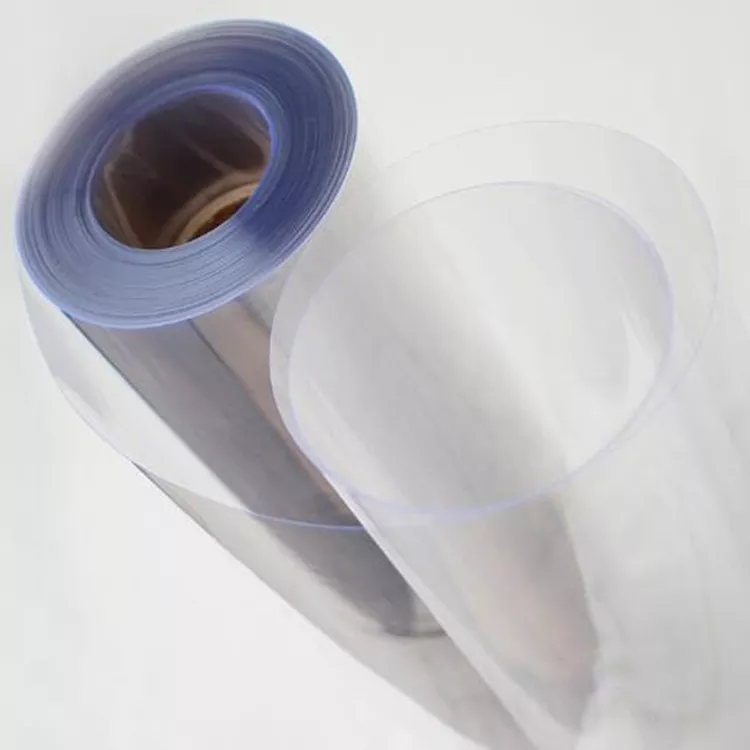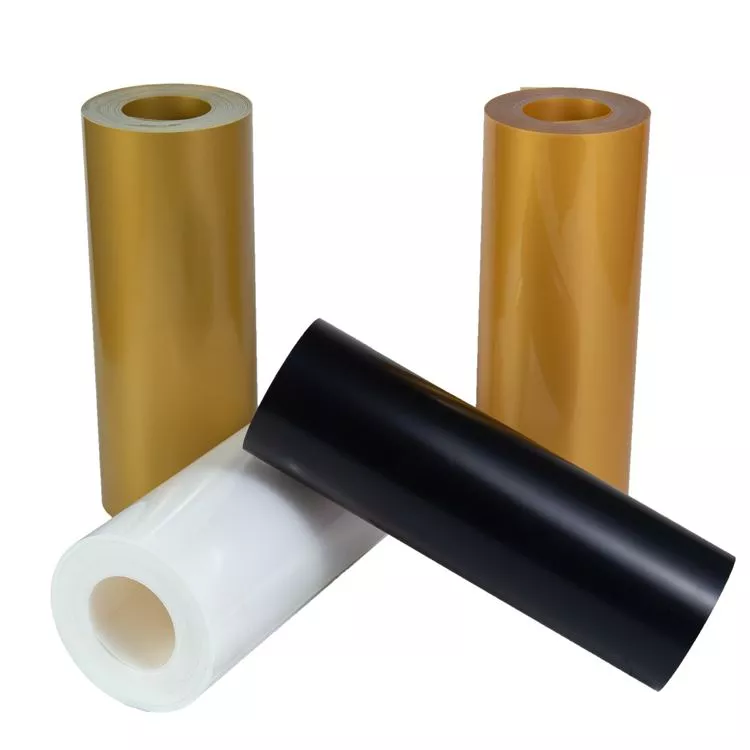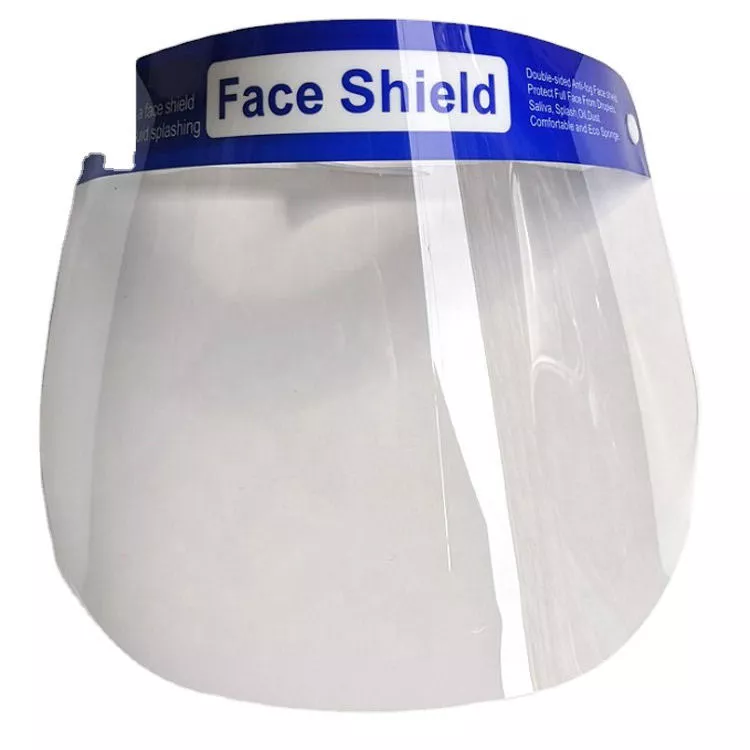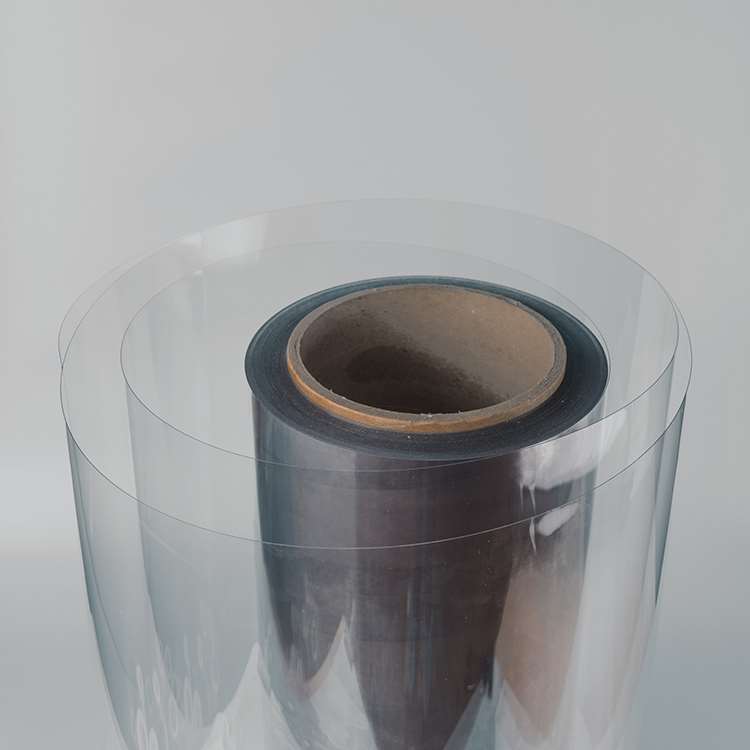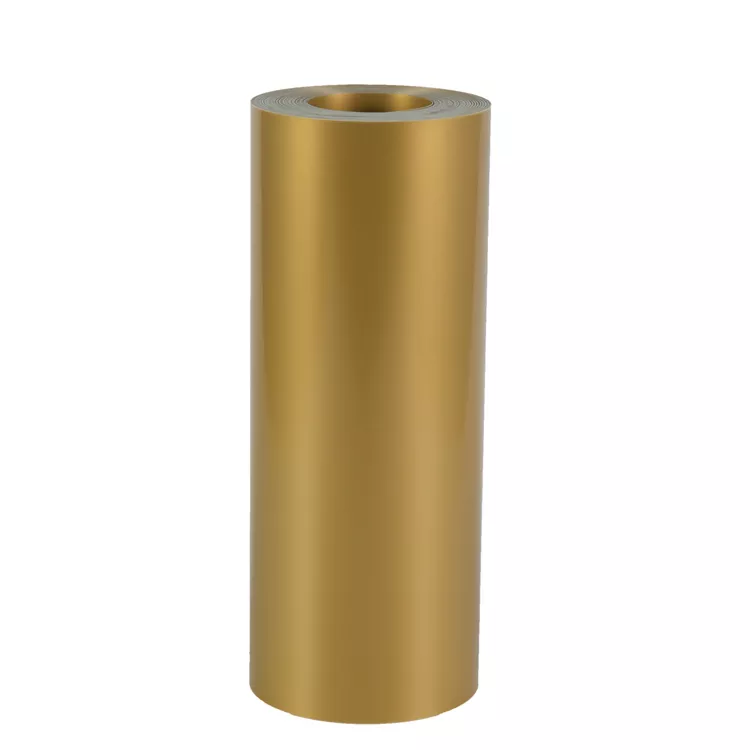




Листовой рулон высокоударного полистирола HIPS для термоформования
Pulixin является отличным и ведущим производителем и фабрикой пластиковых листов в Китае. Мы имеем передовые технологии и оборудование, зрелый опыт внешней торговли и экспорта, и установили хорошие отношения сотрудничества с клиентами в более чем 60 странах. Поставка бесплатных образцов, OEM и ODM принимаются
- Бренд: ПУЛИКСИН
- Происхождение: Шанхай, Китай
- MOQ: 5 тонн
- Толщина: 0.3~2 мм
- Ширина: 300~850 мм
- Применение: Термоформование
- Отправить запрос
-
- Электронная почта: [email protected]
- Телефон: +8615221762039
- WhatApp

- Wechat

Описание
Полистирол (Polystyrene, сокращенно PS) - полимер, синтезируемый из мономера стирола путем реакции полимеризации радикального присоединения, химическая формула - (C8H8)n. Это бесцветный и прозрачный термопласт с температурой стеклования выше 100°C, поэтому его часто используют для изготовления различных одноразовых контейнеров, которые должны выдерживать температуру кипящей воды, и одноразовых пенопластовых ланч-боксов.
Impact resistant polystyrene (HIPS)
Impact-resistant polystyrene is an impact-resistant polystyrene product produced by adding polybutyl rubber particles to polystyrene. This polystyrene product will add micron-sized rubber particles and connect the polystyrene and rubber particles together by grafting. When subjected to an impact, the tip stress of the crack propagation will be released by the relatively soft rubber particles. Therefore, the propagation of cracks is hindered and the impact resistance is improved.
Полистирол (PS) включает в себя обычный полистирол, вспененный полистирол (EPS), высокоударный полистирол (HIPS) и синдиотактический полистирол (SPS). Обычная полистирольная смола нетоксична, не имеет запаха, бесцветные прозрачные частицы, стеклоподобный хрупкий материал, его продукция имеет чрезвычайно высокую прозрачность, светопропускание может достигать более 90%, хорошие электроизоляционные характеристики, легко окрашивается, и процесс Хорошая текучесть, хорошая жесткость и хорошая химическая стойкость. Недостатками обычного полистирола являются хрупкость, низкая ударная прочность, растрескивание под напряжением, плохая термостойкость и устойчивость к кипящей воде.
Impact-resistant polystyrene is an amorphous polymer formed by graft polymerization of styrene monomer and rubber, or a physical blend of polystyrene and rubber (usually polybutadiene rubber). The resulting polymer has toughness, usually white (there are also transparent grades), extrusion and molding is very easy. Its toughness is mainly determined by the ratio and usage of rubber components. The representative performance of impact resistance PS is: bending strength and tensile strength of 13.8-48.3MPa (different with the content of rubber and additives); elongation 10-60%; gloss 5-100%. The visual transparency ranges from excellent to poor, the shrinkage rate is about 0.006, and the thermal expansion coefficient is the same as that of transparent PS. Impact-resistant PS has no change in performance after γ-ray sterilization and irradiation, and has the same solvent resistance as transparent PS. The melt index of impact-resistant PS is 1-10g/min, and the Vicat softening point is 215°F. The commercial production of impact-resistant polystyrene with enhanced properties has broad market prospects. Some of the existing special grades include: ultra-high gloss grade, high transparency grade, abrasion resistance grade, environmental stress crack resistance (ESCR), high modulus grade, low gloss grade, and grades with low residual monomer styrene content .
Выдающимися характеристиками ударопрочного полистирола являются простота обработки, отличная стабильность размеров, высокая ударная прочность и высокая жесткость. Для HIPS характерна только термостойкость. Существуют определенные ограничения по кислородопроницаемости, устойчивости к ультрафиолетовому излучению и маслостойкости. Химические и эксплуатационные характеристики Ударопрочный полистирол изготавливается путем растворения полидиенового каучука в мономере стирола перед полимеризацией. Хотя для получения HIPS можно использовать метод суспензионной полимеризации, в настоящее время в промышленном производстве HIPS используется метод объемной полимеризации. В процессе объемной полимеризации смесь стирол-мономер/каучук/добавки проходит через ряд реакторов со степенью конверсии 70-90%. В ходе реакции полимеризации для завершения реакции требуется нагрев или добавление инициатора, затем нагрев в вакууме для удаления летучих остаточных мономеров из смолы, а затем гранулирование и продажа.
Испытания полистирола на ударную прочность делятся на несколько уровней в зависимости от его относительной ударной прочности:
Ударная прочность консольных балок с надрезом среднего класса ударопрочности обычно составляет 0,6-1,/i;
Ударная вязкость высокоударной марки составляет 1,5-2,5 фунтов на дюйм;
Ударная прочность чрезвычайно высокого сопротивления удару составляет> 2./в
Некоторые марки HIPS имеют значение ударной вязкости до 6,/дюйм, но эта смола обычно используется в смешанных смолах для повышения ударной вязкости смол с низкой прочностью.
Другие важные характеристики стандартного HIPS, требующие внимания: прочность на изгиб 13,8-55,1 МПа; прочность на растяжение 13,8-41,4 МПа; удлинение при разрыве 15-75%; плотность 1,035-1,04 г/мл; температура размягчения по Викату 185- 220°F.
Единственный промышленный сплав HIPS - это его смесь с полифениленовым эфиром. Термостойкость и прочность этой смеси выдающиеся, но цена продукта намного выше, чем у HIPS.
Постоянное развитие технологий производства полистирола позволяет выпускать марки с более высокими характеристиками, чем у стандартного ПС. Многие свойства полистирола не могут быть достигнуты одновременно. Если вы хотите повысить ударную прочность, вам придется пожертвовать блеском. Некоторые новые смолы, появляющиеся в настоящее время, имеют блеск ABS и при этом обладают высокой прочностью. Также были разработаны некоторые марки, например, выдерживающие воздействие различных масел и жиров при упаковке продуктов питания, а также хлорфторуглеродных (CFC) вспенивающих агентов при использовании в холодильниках. Выпускается огнестойкий (UL V-0 и UL 5-V), ударопрочный полистирол, который широко используется в корпусах телевизоров, бизнес-машин и электротехнических изделий. Операции по переработке этих смол проще, чем многих огнестойких инженерных смол, а цена ниже.

Плотность: 1,05 г/см3
Проводимость: (σ) 10-16 S/m
Теплопроводность: 0.08w/m.k
Модуль Юнга: (E) 3000-3600 МПа
Прочность на разрыв: (σt) 46-60 МПа
Длина удлинителя: 3-4%
Испытание на удар по Шарпи: 2-5 кДж/м2
Температура стеклования: 80-100℃
Коэффициент теплового расширения: (α) 8×10-5/K
Теплоемкость: (c) 1,3 кДж/(кг-К)
Водопоглощение: (ASTM) 0,03-0,1
Деградация: 280℃
Почему стоит выбрать Pulixin
PULIXIN является отличным ведущим производителем рулонов полипропиленовых пластиковых листов в Китае. Наш завод занимает площадь более 10 000 квадратных метров и имеет 4 линии по производству жестких полипропиленовых листов с передовым международным оборудованием. Он может производить 3,000-5,000 тонн полипропиленовых пластиковых листов в месяц, а максимальная емкость хранения превышает 10,000 тонн.- Завод высокого уровня
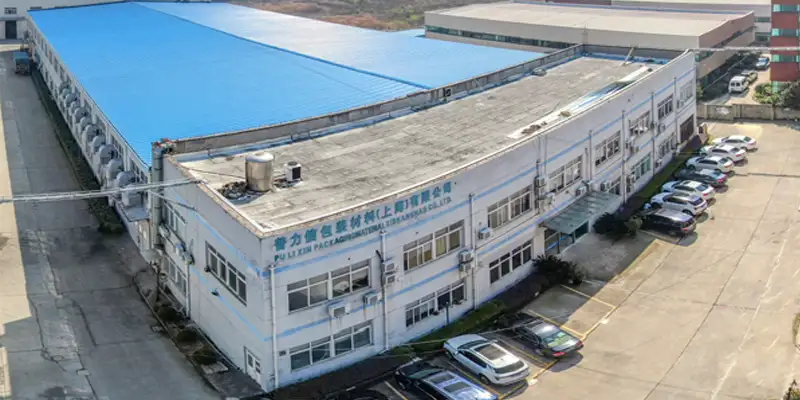
- 1, 6000㎡ Площадь
2, 10 соэкструзионных линий
3, опыт работы 15 лет
4, 2300+ постоянных клиентов
- Внимательное обслуживание

- 1, Быстрый ответ на запросы
2, Бесплатный образец при оплате почтовых расходов
3, Сильная мощность, короткое производство и быстрая поставка
4, Допускается проведение заводского контроля
5, Поддержка OEM
- Строгий контроль качества

- 1, Погрешность толщины: +-0,1 мм
2, Вес: +-1 кг
3, Антистатический импеданс: +-0.1Ω
- Своевременная доставка

- 1, Производство: 1 день после предоплаты
2, Доставка: 5 дней после окончательной оплаты
Архив продукции
Категория продукта: Рулон пластиковых листов HIPS Предыдущий продукт: Листовая пленка из высокопрочного полистирола в рулоне Следующий продукт: Рулон листов HIPS для термоформования блистера- Сообщение
- Связаться с









